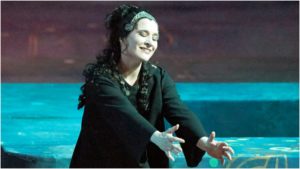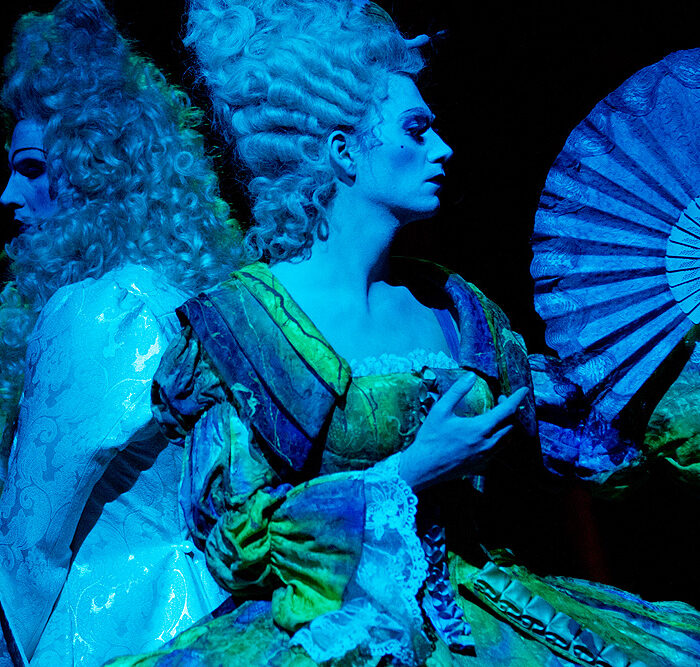
Opera Profile: Strauss’ “Salome”
By Logan MartellRichard Strauss’ “Salome,” adapted from the play by Oscar Wilde, first premiered on December 9th, 1905. The opera shocked not only the audiences, but many of the original performers as well, due to its themes which blend the violent and erotic within a Christian biblical setting.
“Salome” was originally banned in London until 1907, and would not see a production until three years later in Covent Garden. While critics have been vocal about either its off-putting depictions, or the perceived superfluity of the score composed by Strauss, “Salome” has become a part of the operatic repertoire, and enjoys many performances to this day.
Short Plot Summary
The opera begins in the Palace of Herod. Narraboth, captain of the guard, gazes into the banquet hall where dines Princess Salome, with whom he is deeply in love. Jochanaan, a captive prophet, is held deep below the palace within the cisterns; King Herod, in his fear, has ordered that none are to make contact with Jochanaan. When Salome tires of the feast, she exits to the terrace where she hears Jochanaan cursing her mother, Queen Herodias. While none of the guards follow her order to bring Jochanaan to her, she charms Narraboth into doing so with the promise of her smile. When he is brought forth, Jochanaan barks out several prophecies concerning the king and queen. Salome is overcome with longing for the prophet, and she makes three requests: to caress his skin, to feel his hair, and to kiss his lips; all three requests are rejected. Consumed by jealousy to hear this, Narraboth commits suicide before Jochanaan is returned to the cistern below the palace.
When the king and queen enter with their court, Herod slips into the blood of Narraboth, causing him to hallucinate. When he awakes from this he finds himself madly in love with Salome, who immediately rebukes him. When Jochanaan taunts the incestuous marriage of the king and queen, Herodias demands that he be silenced, to which the fearful Herod refuses. The king makes of his daughter three requests: that she eat with him, that she drink with him, and that she dance for him; the first two are rejected, but the request for a dance is honored when Herod offers to give Salome any price that she ask, even if that were half of his kingdom. The dance she performs, the Dance of the Seven Veils, has her slowly undress until she is naked; when she has finished she states her price must be the head of Jochanaan, presented on a silver platter. While Herodias is delighted at this, Herod tries to offer a number of treasures, including the sacred veil of the temple. Salome remains adamant and is soon brought the severed head of the prophet. Reveling in her victory, Salome kisses the head of Jochanaan; in disgust, Herod orders for his soldiers to kill Salome, and they crush her to death with their shields.
Famous Musical Numbers
A moment of much controversy in the opera is the “Dance of Seven Veils.” The veils correspond with pieces of Salome’s outfit that are removed one by one as the dance progresses. The original Salome, Marie Wittich, would not perform this and so a dancer was substituted in her place, a tradition which has often, but not always, been kept throughout the years.
Watch and Listen
While this version does not showcase an English translation, it is essential viewing if only to see Teresa Stratas dominate with her incredible vocal and dramatic skills.
Categories
Opera Wiki

